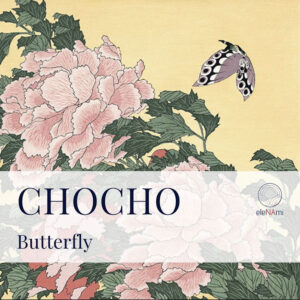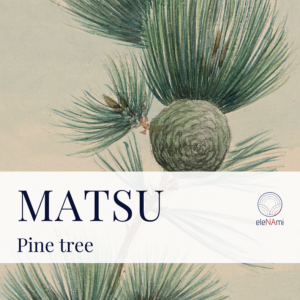Paulownia is a very elegant Japanese pattern. Its pale purple flowers bloom in early summer. Paulownia (Kiri in Japanese) is the symbol of the Japanese government and is often used in high-range family crests.

Paulownia is also called Princess Tree from the practice of planting seeds when a couple has a daughter. By the time she is ready to marry, the tree has also grown to maturity.
The tree is then cut and made into a cabinet (tansu) as a wedding gift. Paulownia tansu is commonly used for storing kimono, as it can absorb humidity and preserve silk.
Kiri is the lightest wood in Japan. It’s less likely to break, it’s insect-fire-water resistant, therefore high-quality furniture and instruments (kotos, biwas) are made by this material.
Kiri is featured in the 500¥ coin, the highest-valued coin.
It is also often associated with haiku poetry because paulownia holds 5-7-5 buds, which is the same number of syllables as haiku poems.



Interest in another Japanese pattern? Consult the complete list of published symbols HERE



